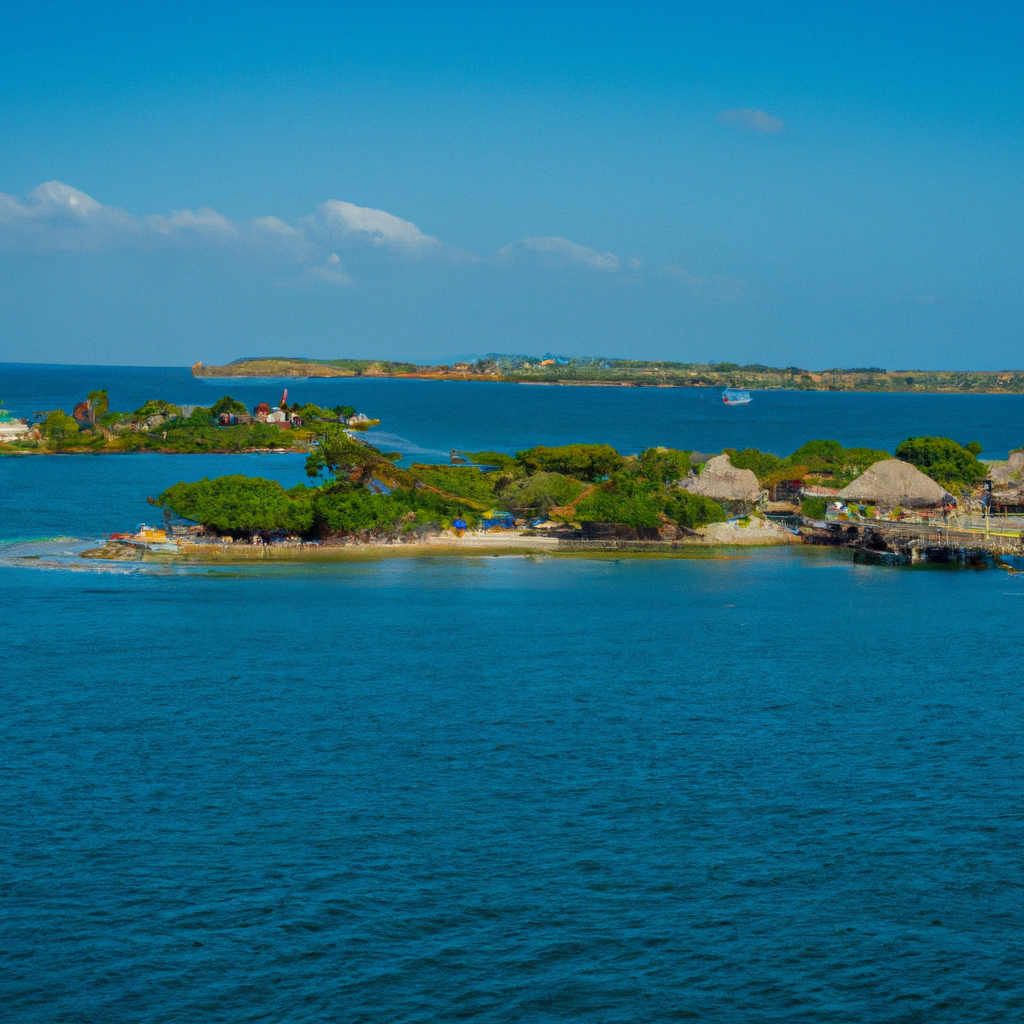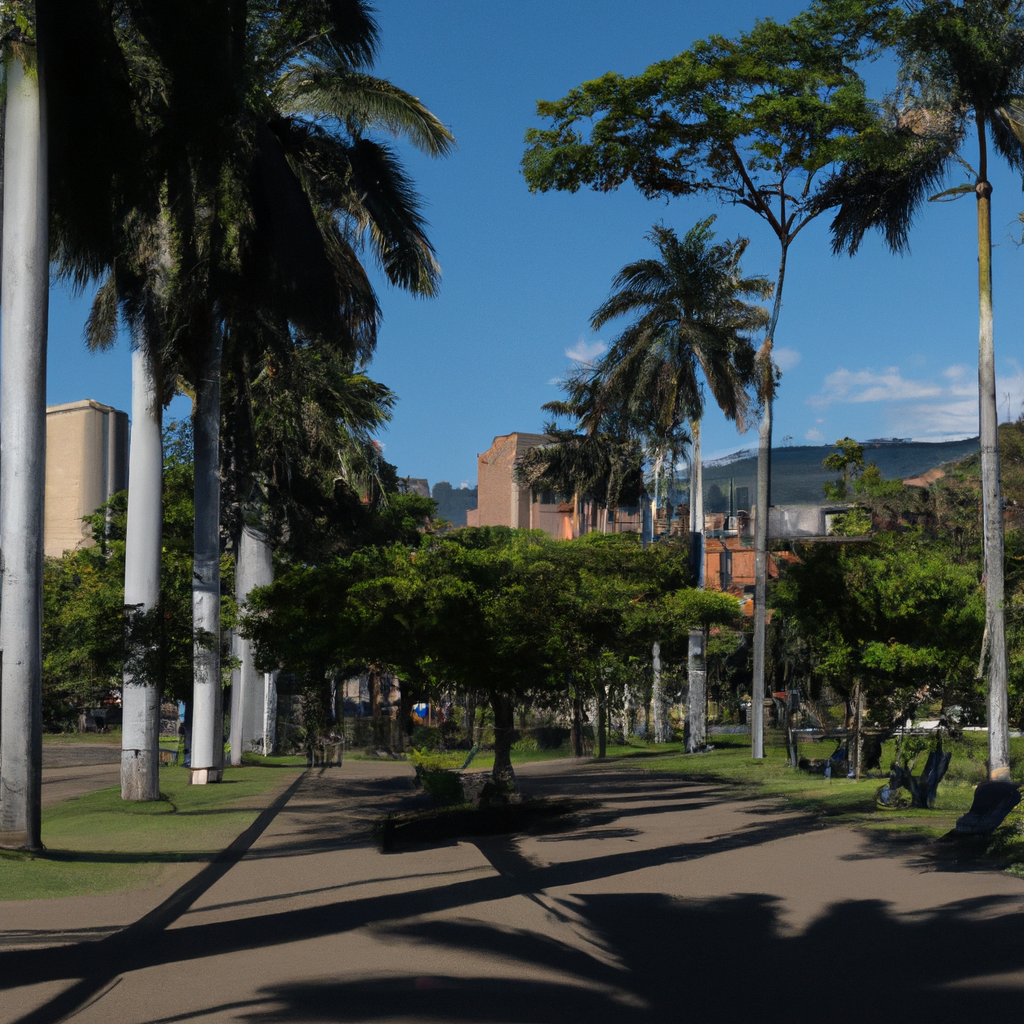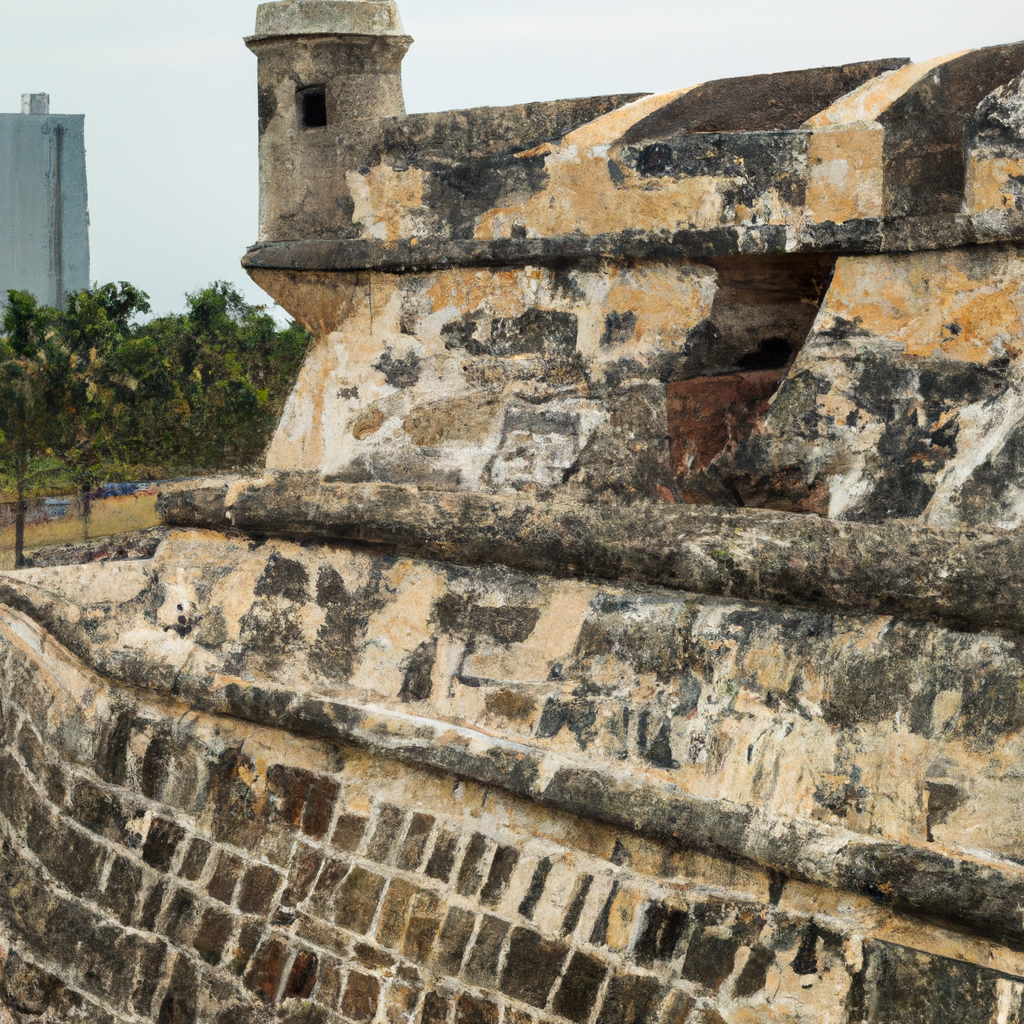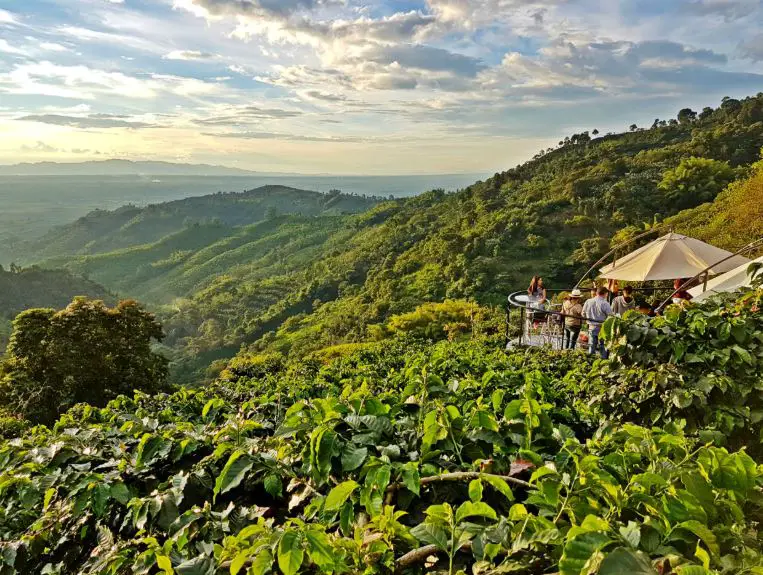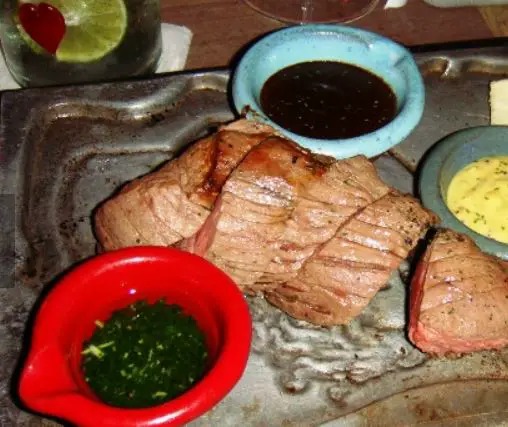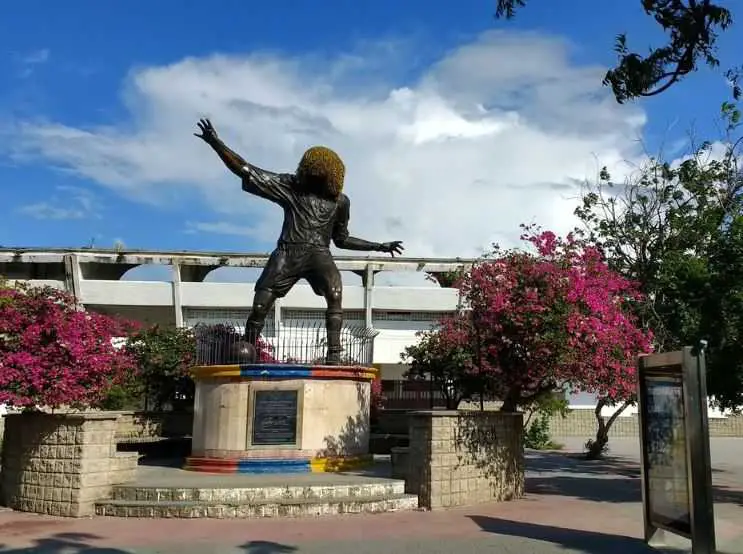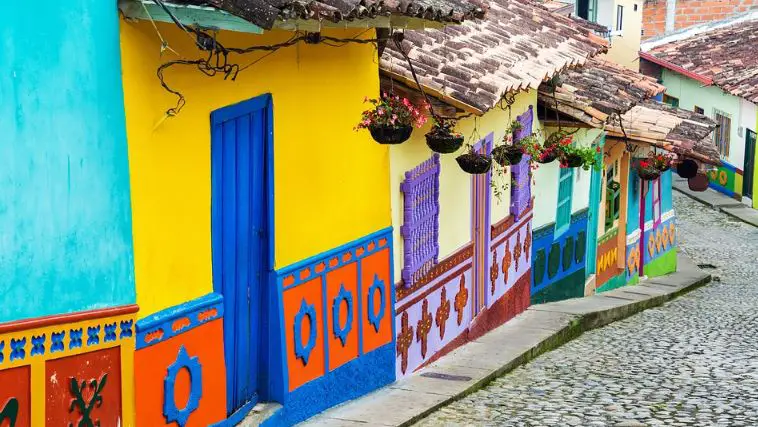Archaeological Park of San Agustin - Huila In Colombia: Overview,Prominent Features,History,Interesting facts
Overview:
: The Archaeological Park of San Agustín - Huila is a World Heritage Site located in the Huila department of Colombia. This archaeological site is home to more than 500 monolithic sculptures, the largest collection of pre- Columbian stone figures in Latin America. Hundreds of burial mounds are also found throughout the property, representing different cultures from the pre-Columbian past. The majority of sculptures are anthropomorphic with some zoomorphic representations of local fauna. Other examples of sculptures found in the Archaeological Park of San Agustín - Huila include religious figures, deities and iconography. This site contains a wealth of archaeological research yet to be explored highlighting the importance of the area. You can learn history, culture, and heritage through these magnificent monuments in Colombia
Prominent Features:
1. A UNESCO World Heritage Site: The Archaeological Park of San Agustin in Huila, Colombia is one of Colombia’s most important archaeological sites and has been a UNESCO World Hertiage Site since 1995. The park is made up of over 500 archaeological sites, made up of monumental sculptures and burial grounds and is home to some of the most incredible golden artifacts of pre-Columbian South America. 2. Sculptures: San Agustin’s main attraction is its collection of sculptural friezes and statues. Each one is a unique piece of art made out of volcanic rock and is thought to have come from the Chibcha and Andean cultures. The sculptures, thought to be more than 2,000 years old, depict persons, animals, and figures in abstract forms. 3. Burial Grounds of the San Agustin Culture: The cultural remains of the San Agustin culture can be seen in the burial sites inside the park. The tombs, encompassing the period from 300 BC to 900 AD, consist of exceptionally large stone burial platforms, and many of them are decorated with carvings, sculptures and paintings. 4. Ancient Rituals: The park also showcases numerous ancient ritual sites. These sites are believed to be places for ceremonies related to burial practices and religious beliefs. Many of the platforms are decorated with intricate carvings and sculptures. 5. Archaeological Museum: Finally, the park hosts an archaeological museum dedicated to preserving and displaying the relics and sculptures of the region. The museum is complete with interactive displays, audio-visual presentations, and models of the archaeological sites. This national monument of Colombia portrays the history and culture of the country.
History:
The Archaeological Park of San Agustin in Huila, Colombia is considered one of the most important archaeological sites in the Americas and is listed as a UNESCO World Heritage Site. The cultural landscape of the site contains a collection of megalithic statues, sarcophagi and stone alters, which are believed to have been constructed over a period of some 500 years by the San Agustin People. The San Agustin archaeological site is located in the Magdalena Valley and was discovered in 1945 by a local rancher, Mateo Sujon. Archeological excavations began in 1975 and have since identified various stages of pre-Columbian cultural development in the valley, from the Late Preceramic Period (ca. 3500 BC) through the Middle Horizon (ca. 1000 – 1450 AD). The artifacts from this period suggest that the site served as a ceremonial center, where the San Agustin people participated in ritual activities such as sacrificial offerings and feasting. The most impressive of the site’s monuments are the megalithic statues of human and animal figures. These statues are carved out of volcanic tuffs and range in size from 0.5 to 4 meters. The majority of the statues depict human-like figures with exaggerated anatomical features, which are believed to represent shamans or deities. Some of the more unique animal sculptures depict snakes, caimans, birds, llamas, and jaguars. In addition to the megalithic statues, the archaeological park also contains four burial mounds and a variety of stone alters, platforms, and walls. The San Agustin archaeological site is an invaluable source of information regarding the ancient cultures of the Magdalena Valley and provides an insight into the religious and cultural practices of the San Agustin people. Today, the archaeological park is managed by Colombia’s Ministry of Culture and Tourism and attracts thousands of visitors from around the world every year. You must visit one of these historical places in Colombia on your Colombia tour
Interesting facts:
1. The Archaeological Park of San Agustin in Huila, Colombia is home to one of the world’s largest collections of ancient religious monuments and sculptures. 2. Over 500 carefully sculpted pieces can be found in the park, including life-sized statues and mythological figures, creating an awe-inspiring atmosphere throughout the park. 3. Many of the archaeological components of the park are believed to have been part of a great funeral complex dated back to 600BC - 2000BC. 4. Surveys at the site have revealed that the ancient sculpture-makers had an ingenious knowledge of engineering and employed creative techniques such as utilizing natural formations such as rocks and river water as part of their ornaments. 5. UNESCO recognized the park as World Heritage site in 1995 due to its cultural, archaeological, and historical significance. 6. The National Archeological Museum of San Agustin, located inside the park, houses many of the sculptures and artifacts found at the site. Visit one of the famous monuments of Colombia with your friends and family.
Explore Colombia most popular tourist destination with us. Archaeological Park of San Agustin - Huila In Colombia: Overview,Prominent Features,History,Interesting facts,which is 35.14 km away from Colombia main town, is the most popular destination to add in your travel wishlist.
-
City:
Colombia
-
state:
Huila
-
country:
Colombia
-
country code:
CO
-
postcode:
186003
Location:
Huila Colombia

